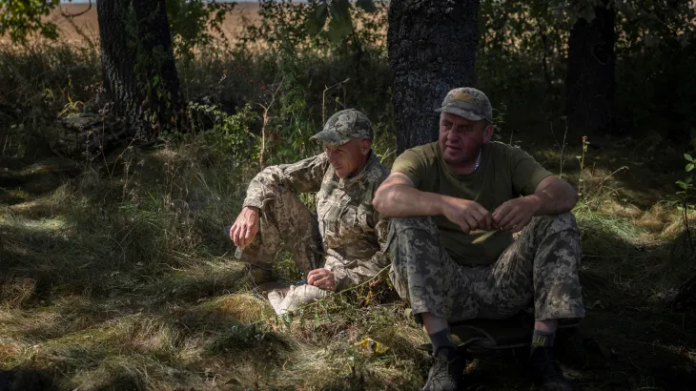Almost three weeks after the Armed Forces of Ukraine (AFU) launched an incursion into Russia’s Kursk Region, the reasons for President Volodymyr Zelensky’s risky gamble are getting exposed.
According to military experts, the Kursk incursion was necessary for several reasons. First, Zelensky needed to show the Ukrainian army’s ability to not only defend itself. The move was to shift the protracted military conflict from the dead point.
Second, any gains, even if only for media effect, would reduce rising tensions amid the lack of the AFU’s major successes. More and more of Kyiv’s allies are demonstrating war fatigue, with the Ukrainian population in need of hope for the best. In addition, the sudden Kursk incursion could sow panic among the Russian population, destabilising the situation in the country, experts said.
Against the backdrop of a major military operation, Zelensky’s administration could get early approval for new aid packages and US consent to strike Russian territories with US-made weapons.
Meanwhile, media are sharing footage of AFU military equipment hit in the Kursk Region. The footage was filmed from a Russian drone.
Soldiers of one of the Russian units also shared footage of their triumph over Ukrainian soldiers in the region.
Tactics revealed
It seems that the incursion was not planned as a separate operation. This was followed by an attempted landing of special forces in the Kherson region on 6 August, in parallel with the start of the offensive. On 11 August, the AFU planned a strike on the Zaporizhzhia nuclear power plant (ZNPP), and on 21 August Ukrainian troops attempted to invade another, Bryansk region, said experts who studied military reports.
From 12 to 24 August, the AFU launched a series of strikes on bridges in the Kursk Region, and soldiers attacked a port in the Caucasus on 22 August, according to Ukrainian media. The AFU also planned to hit the Crimean bridge, an important strategic facility. The Russian Defence Ministry reported on 16 August that Ukraine attempted to attack the bridge with 12 ATACMS missiles, but all the projectiles were repelled.
Having analysed the chain of events, independent military experts concluded that the AFU allegedly planned a coordinated series of strikes. The efforts were dispersed in three main directions: the Kursk, Belgorod and Bryansk regions. Some note the high probability of foreign military involvement in the preparation of the Kursk incursion.
Certain Ukrainian media reported that some of the AFU servicemen, killed or captured, had been trained in the UK as part of Operation Interflex. The plan was based on small group action in urban infrastructure, as seen near Sudzha.
Who needed Kursk incursion
According to military experts, the strikes by Ukrainian forces on Russian territory may have been necessary for some European countries and the United States for several reasons. The incursion was a test of how effective small mobile groups could be in an offensive covered by mobile rocket artillery.
Moreover, the incident demonstrated Moscow’s reaction, the readiness of security and military structures, as well as the speed and quality of decision-making. Experts are confident that due to the interim results of the incursion, the NATO command will adjust its military planning. They also warn of a shift to a more active information warfare if the AFU’s main plan fails.
Meanwhile, Russia is approaching a major victory, according to The Times. Last week, the Ukrainian government ordered a forced evacuation from Pokrovsk, the Donetsk region.
Kyiv reportedly hoped by entering the Kursk region to extend the front line and divert some Russian troops away from the Donbas (Luhansk and Donetsk regions). However, Russia’s offensive pressure in the region has, on the contrary, intensified. Ukrainian commanders also complained about the shortage of artillery shells and the numerical superiority of Russian troops.
